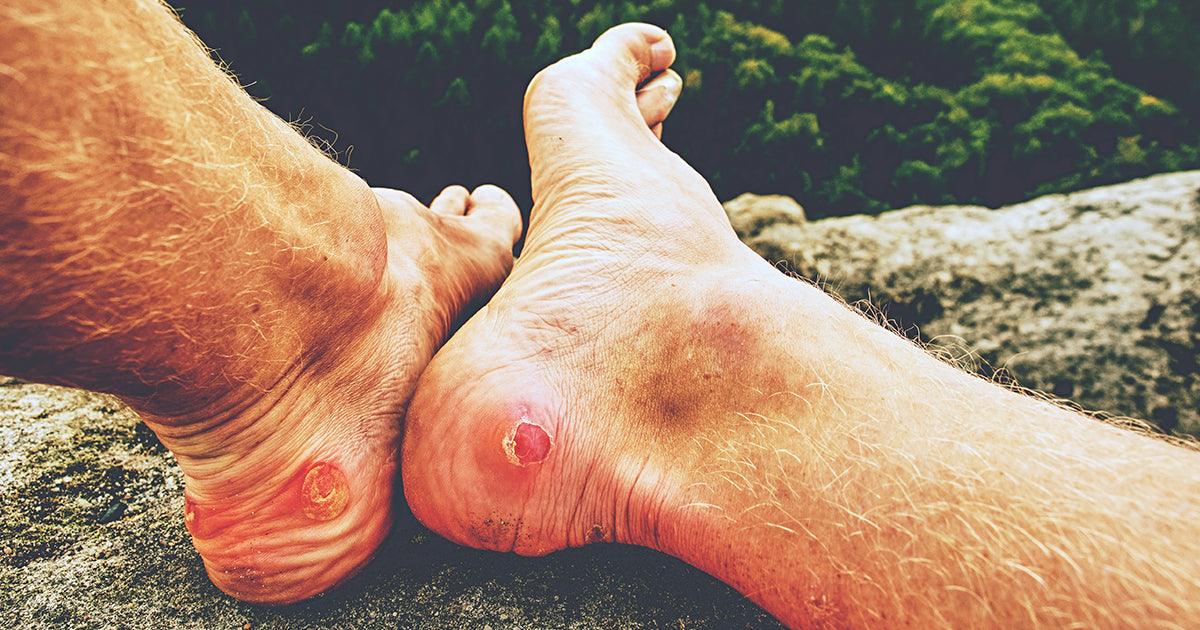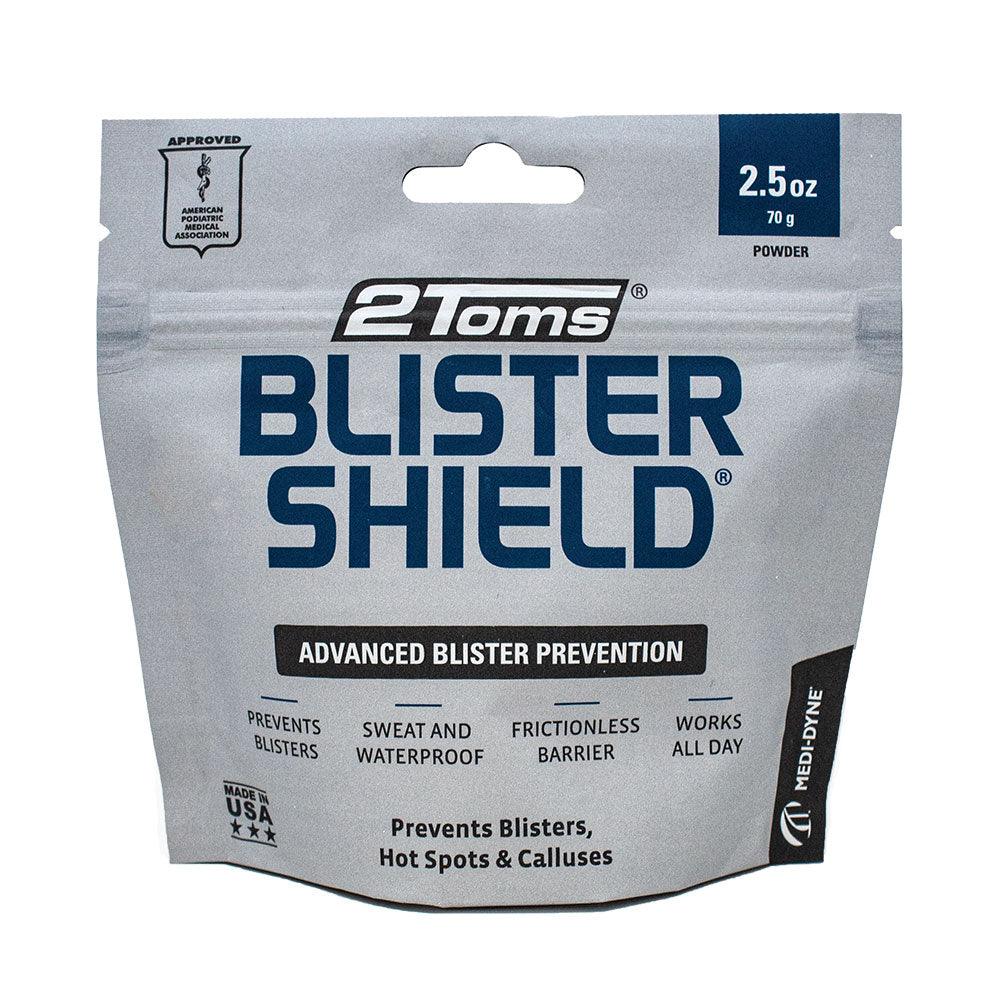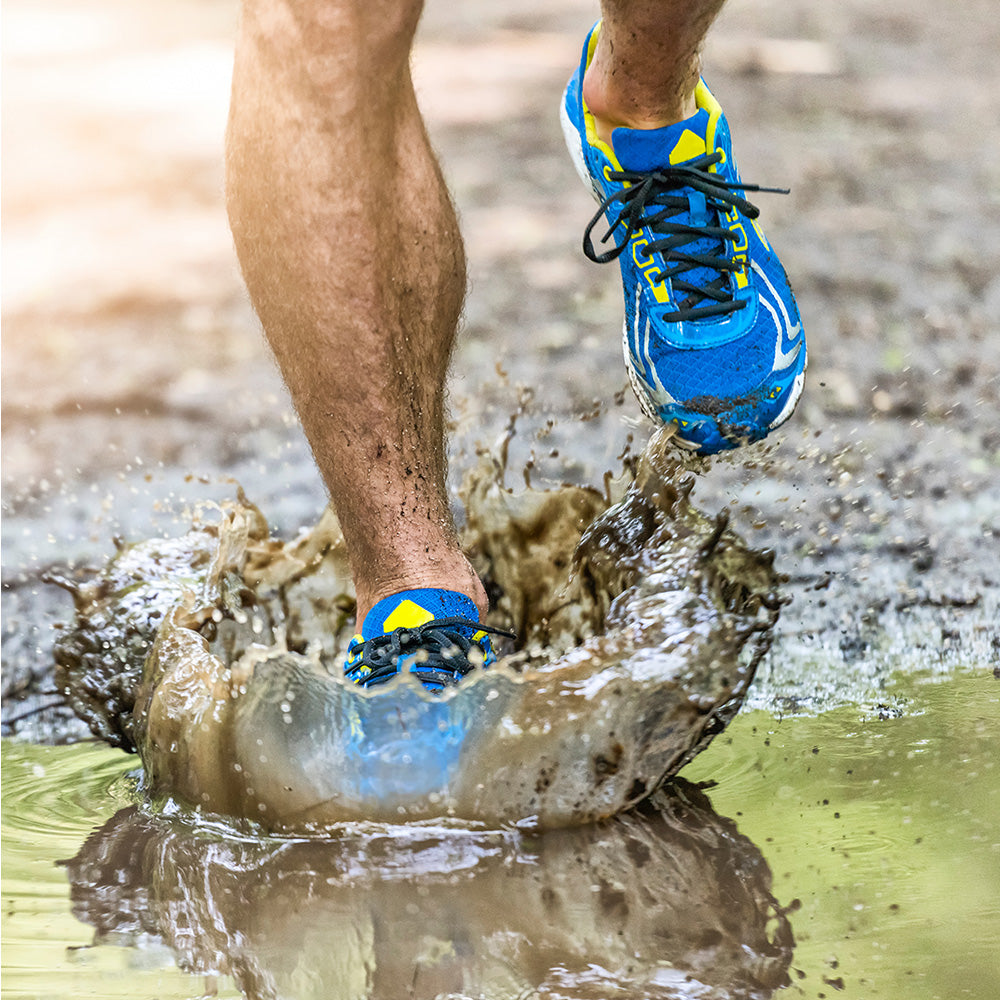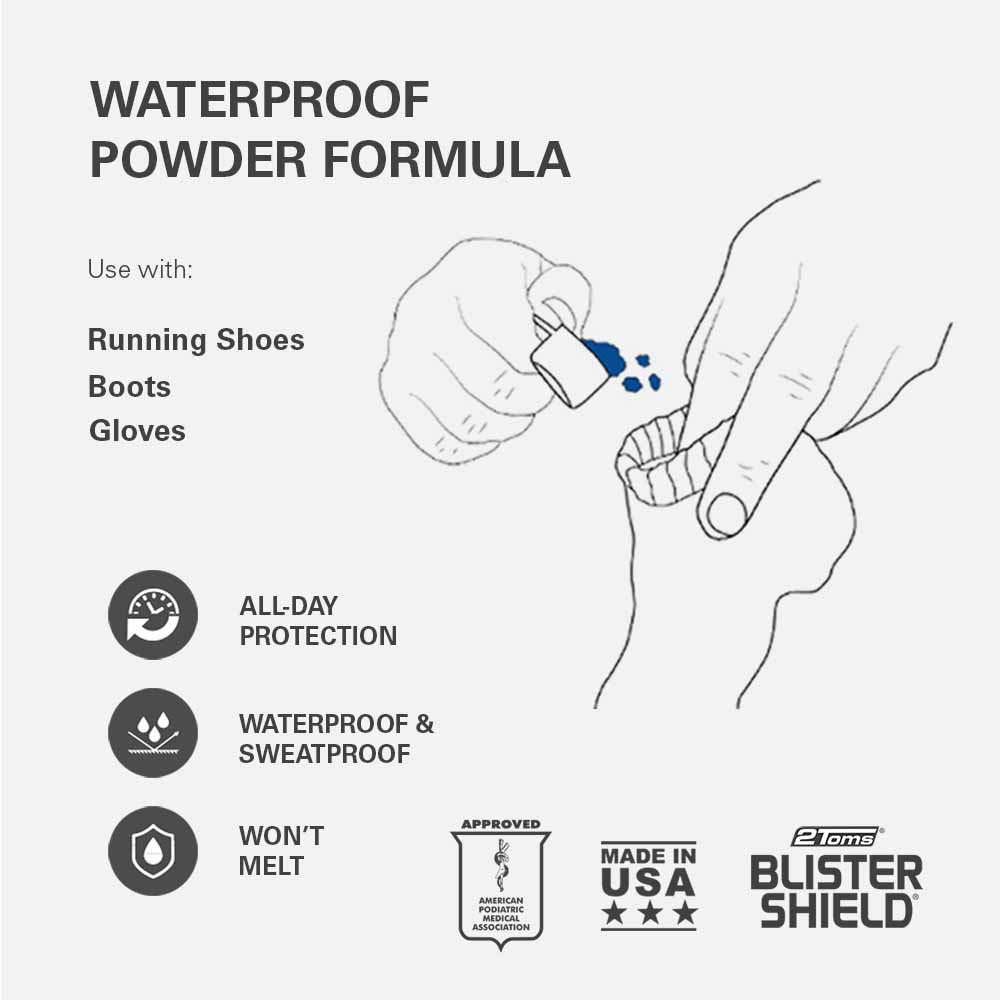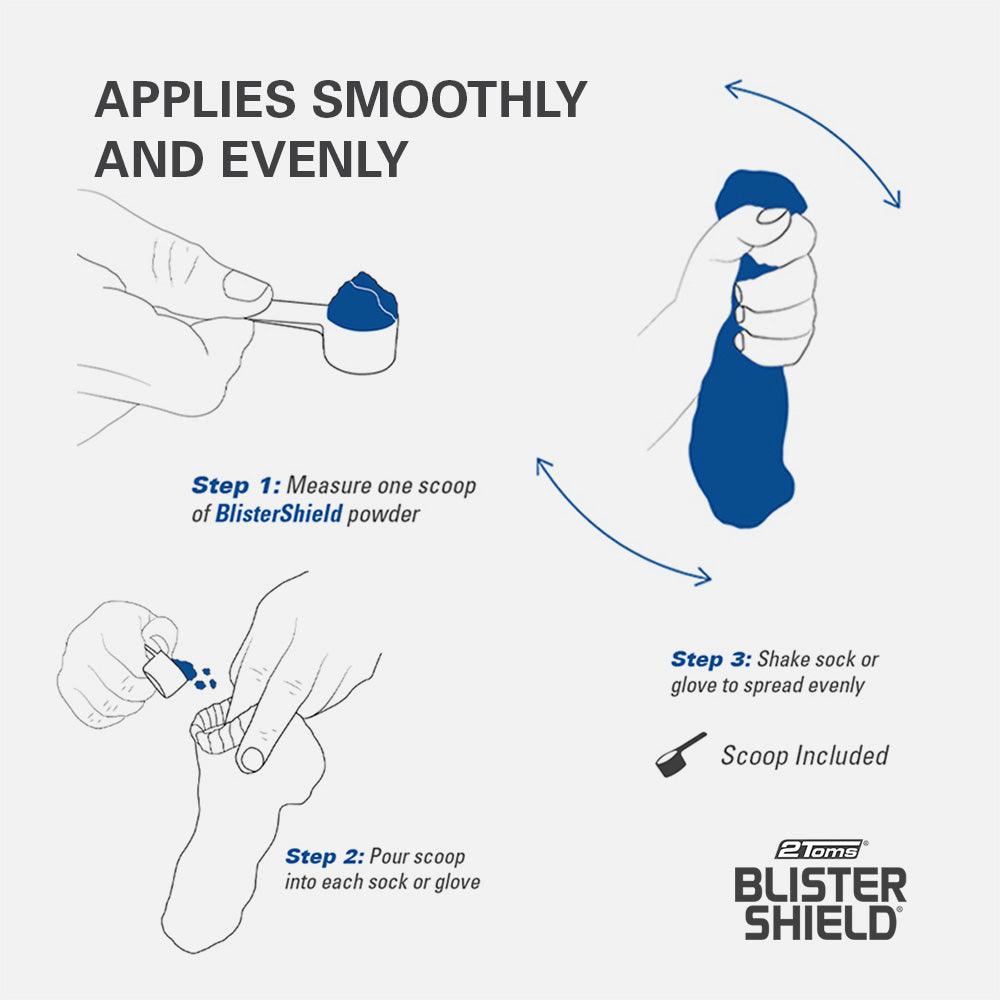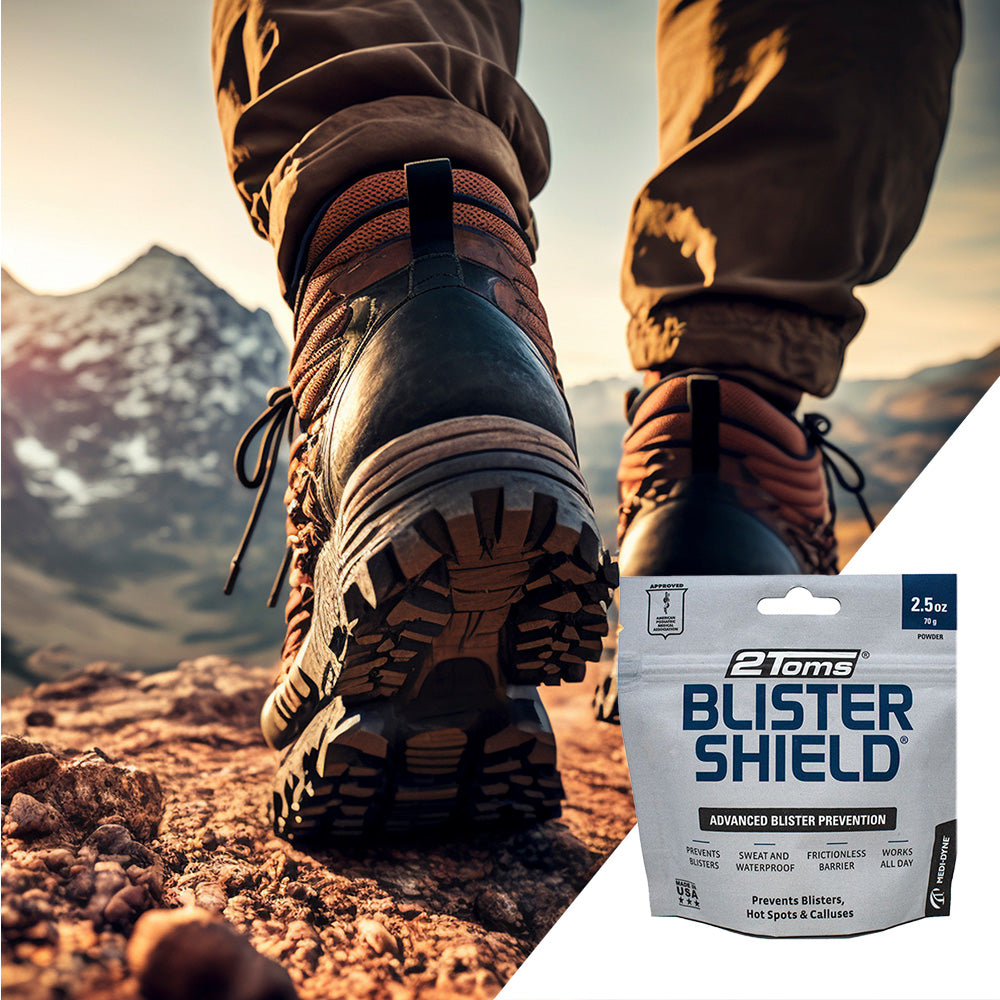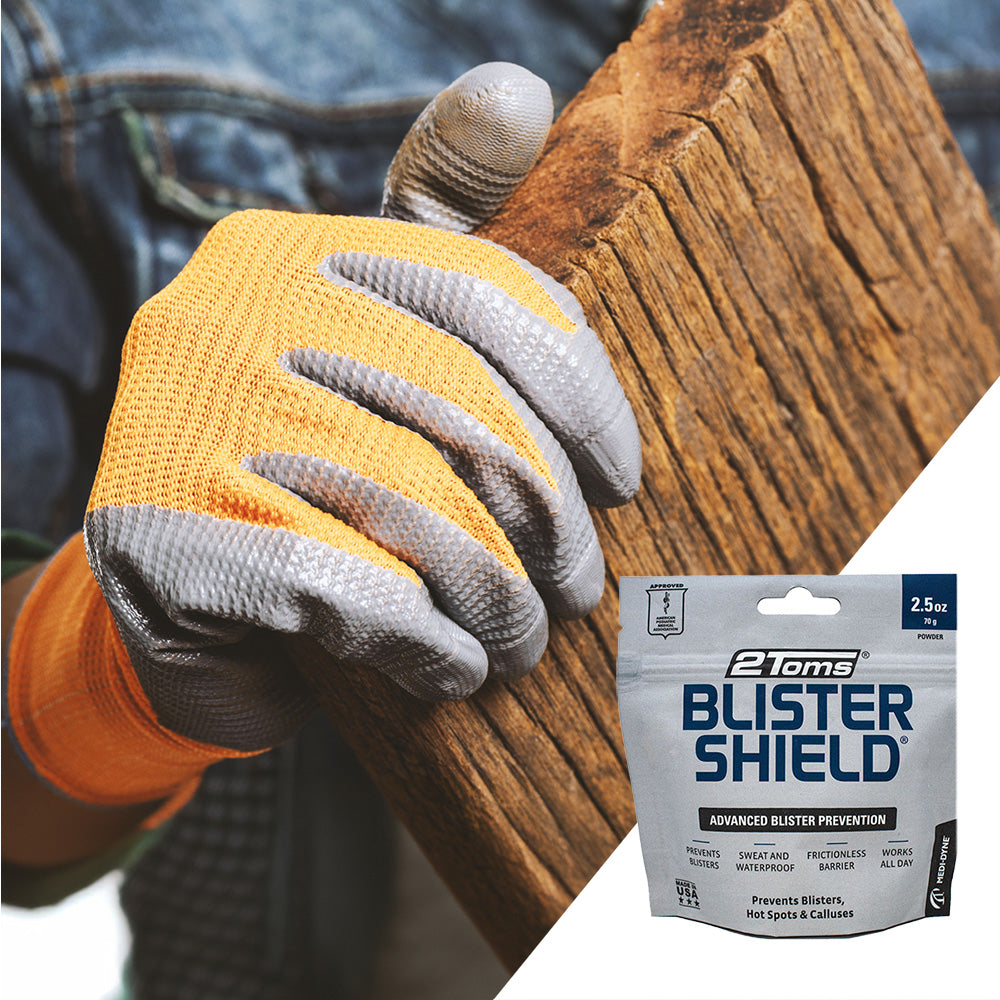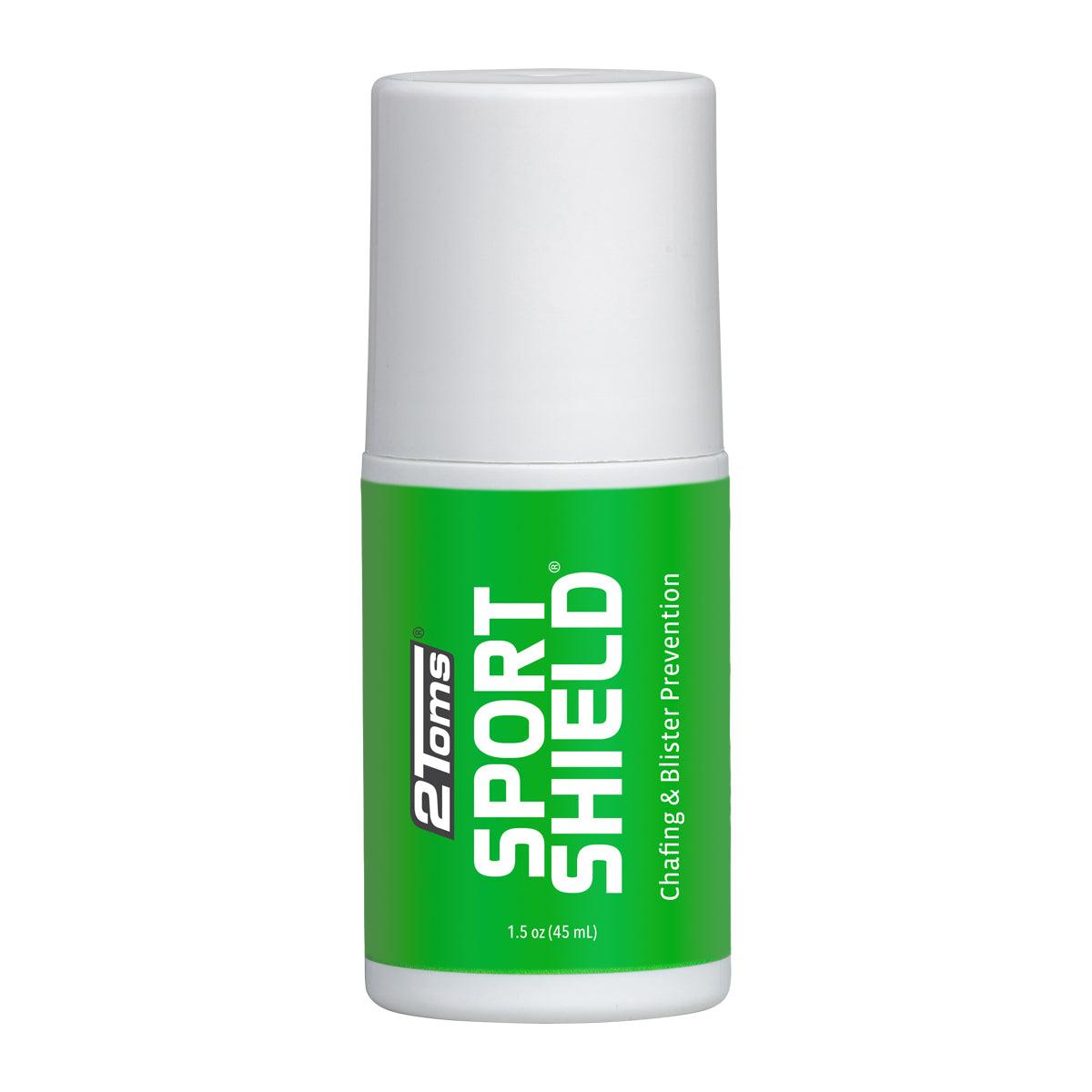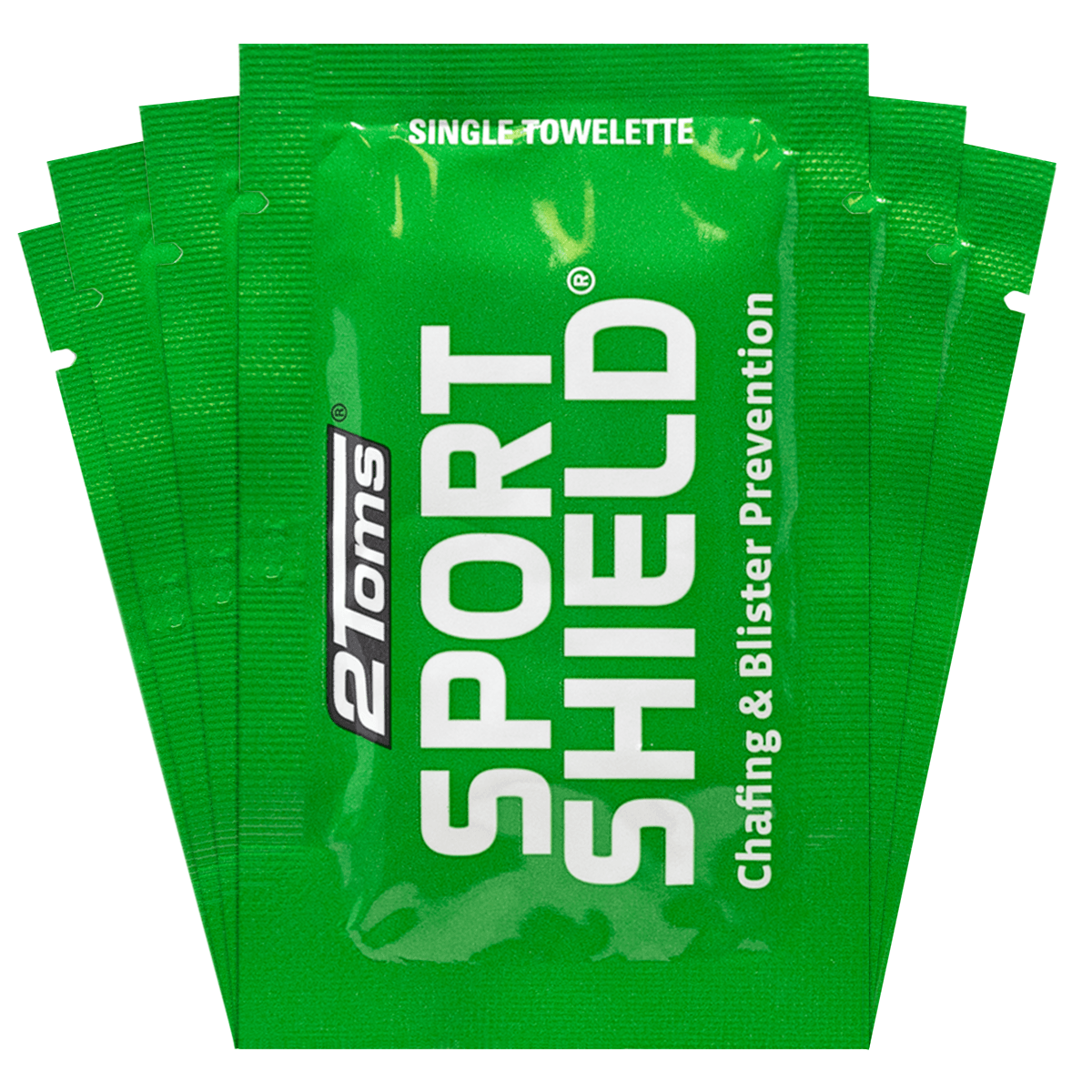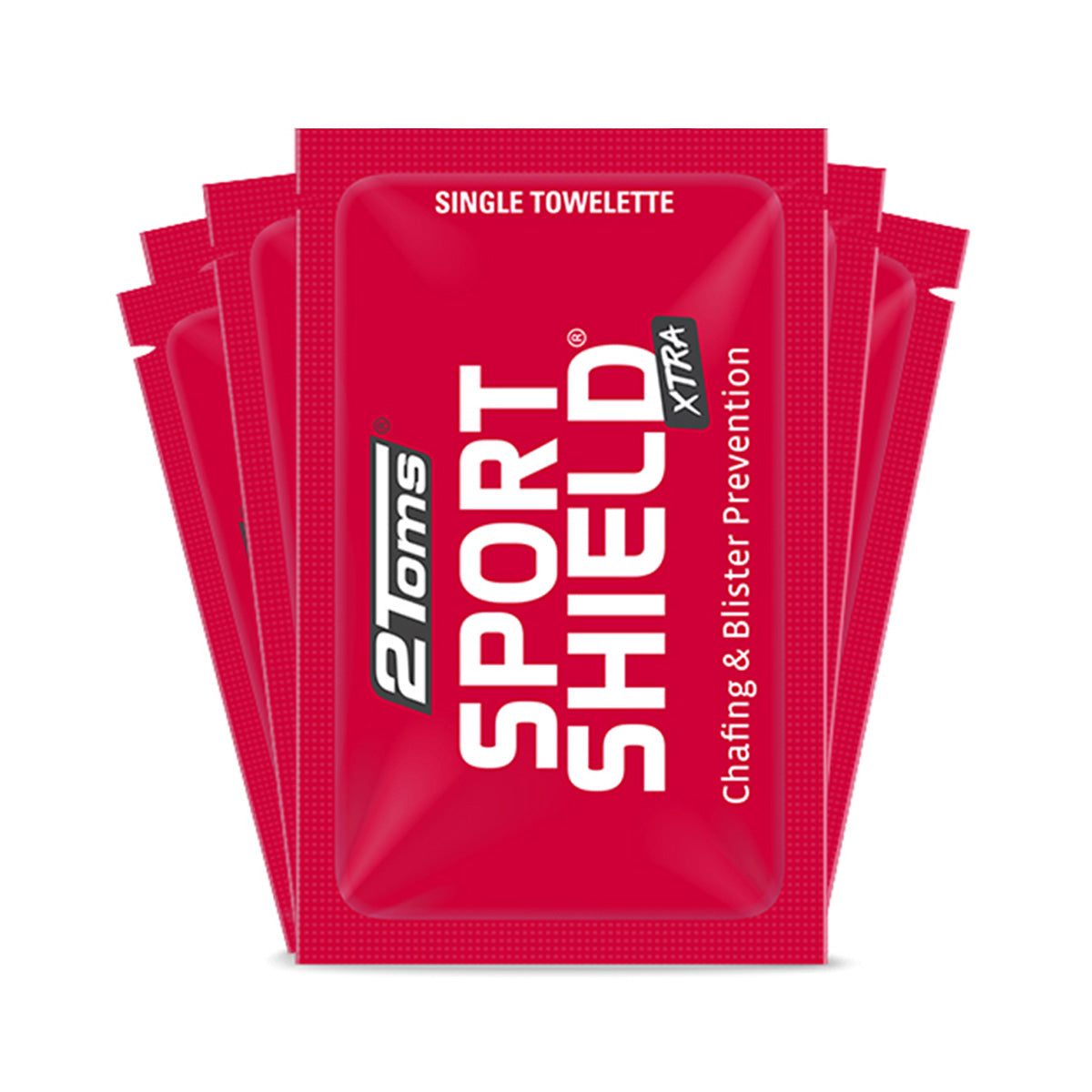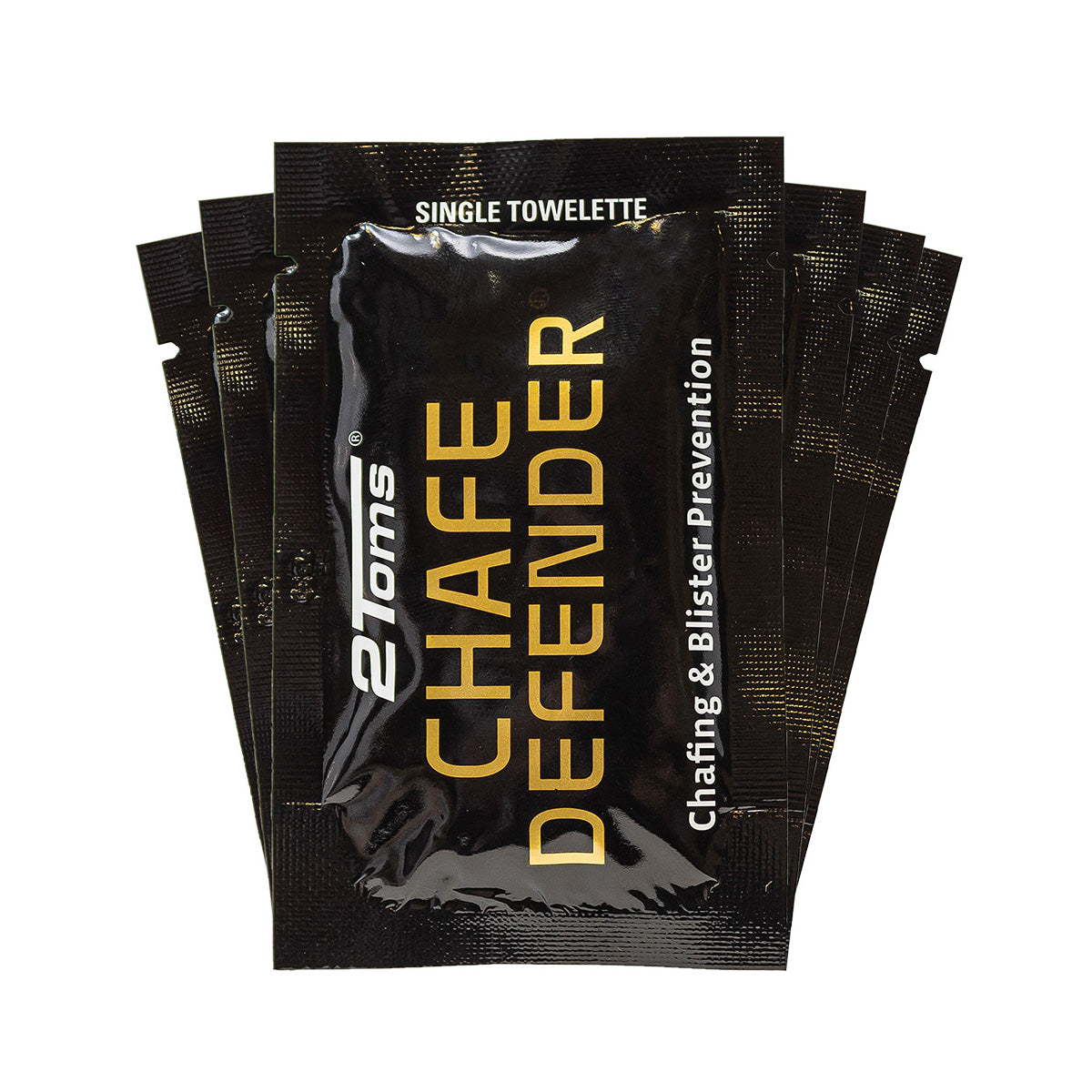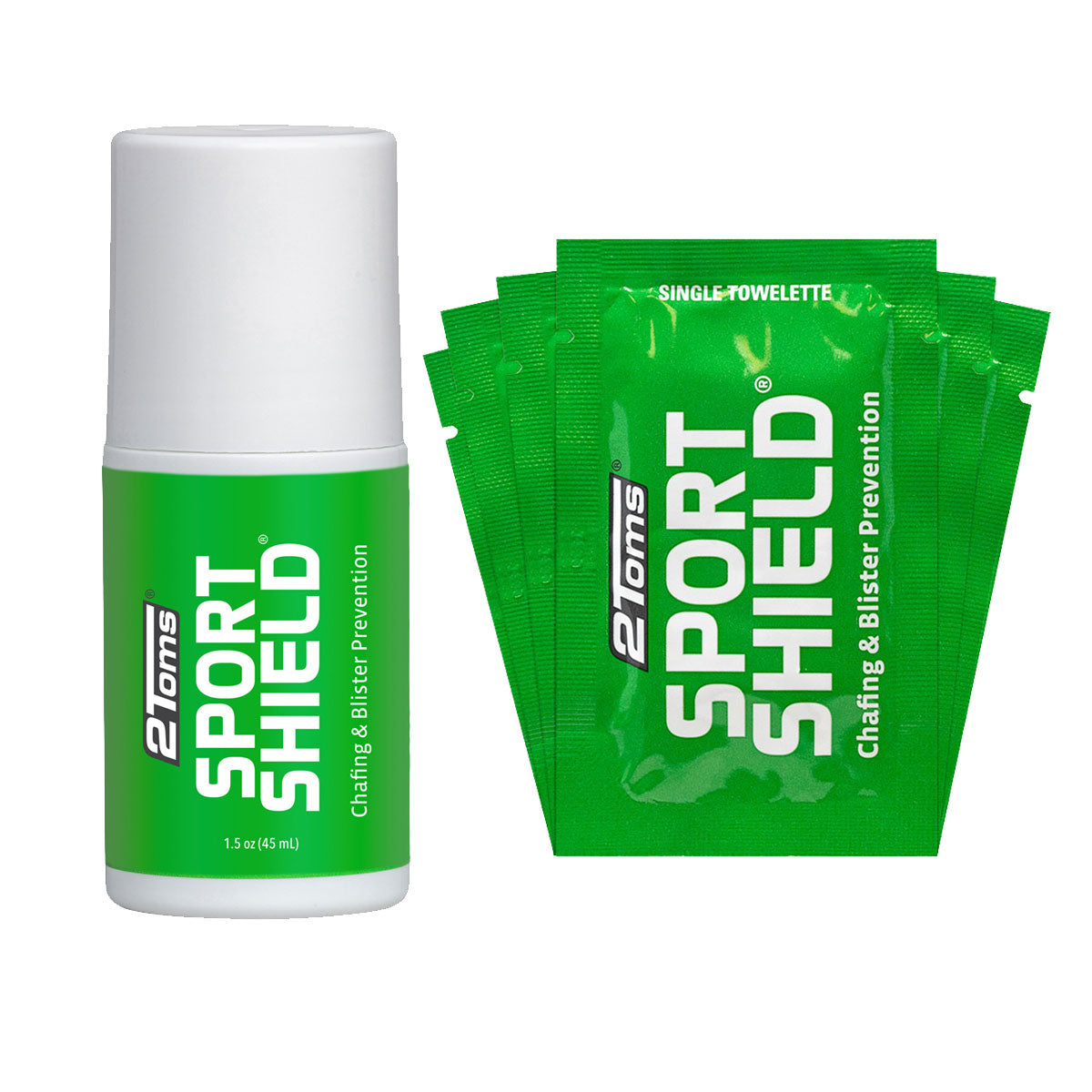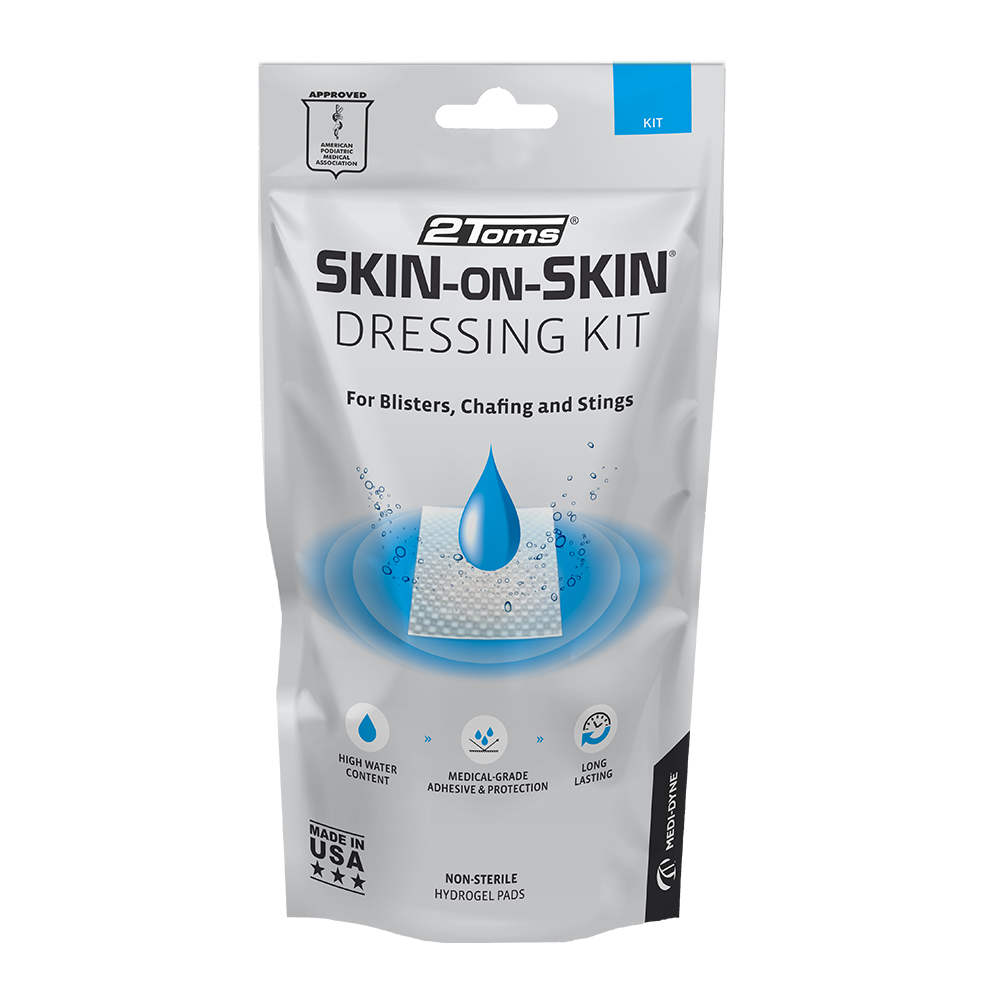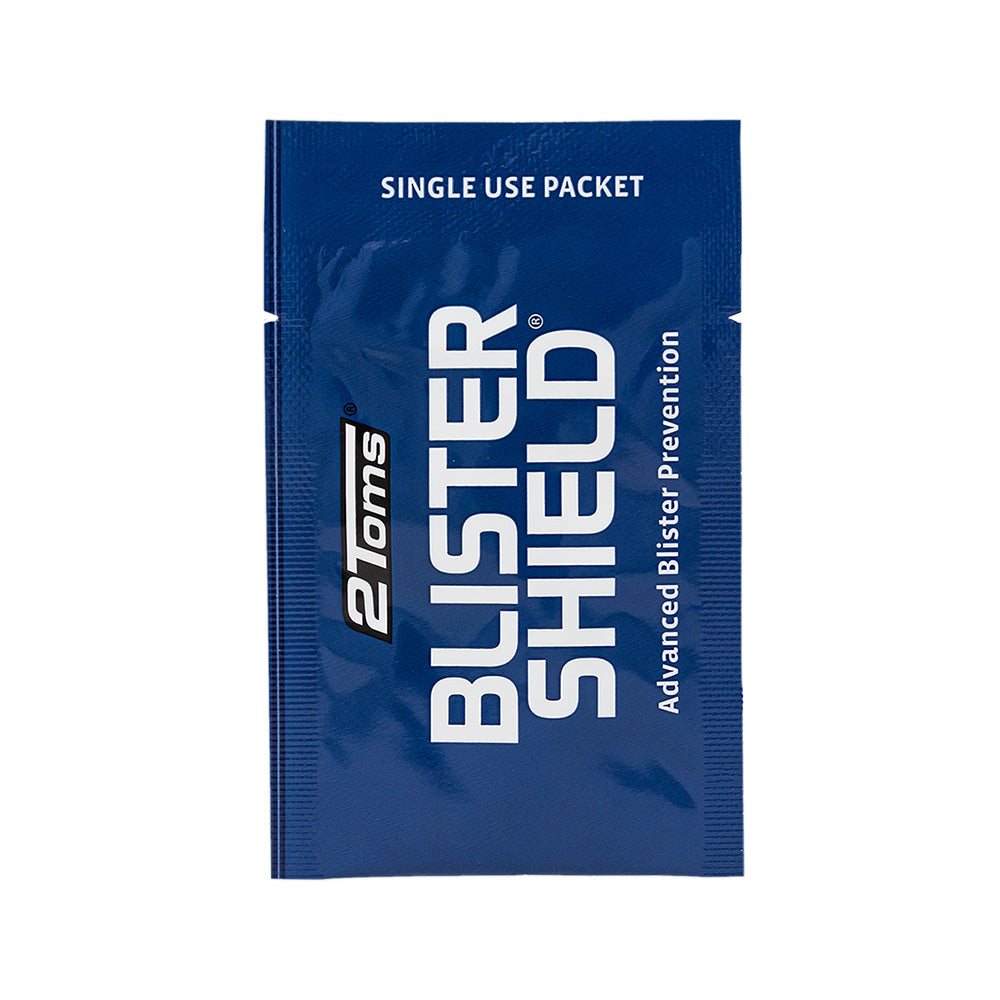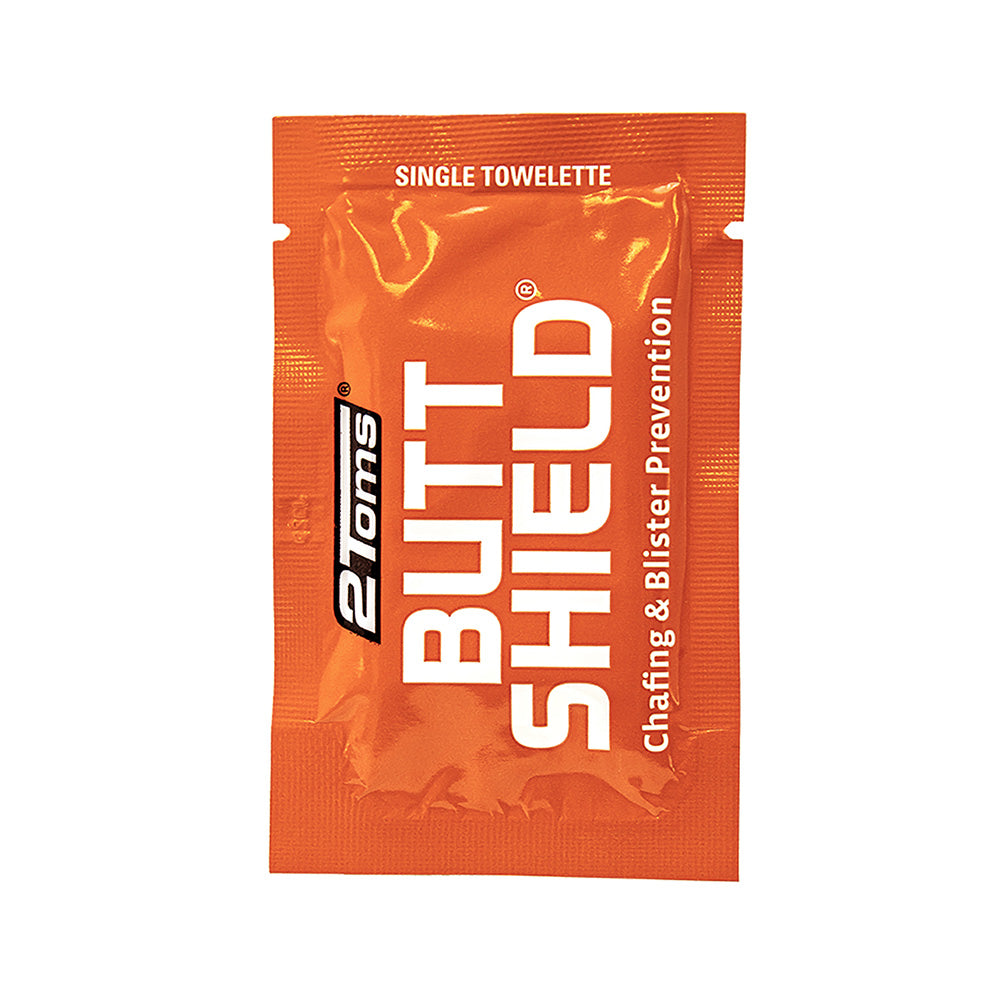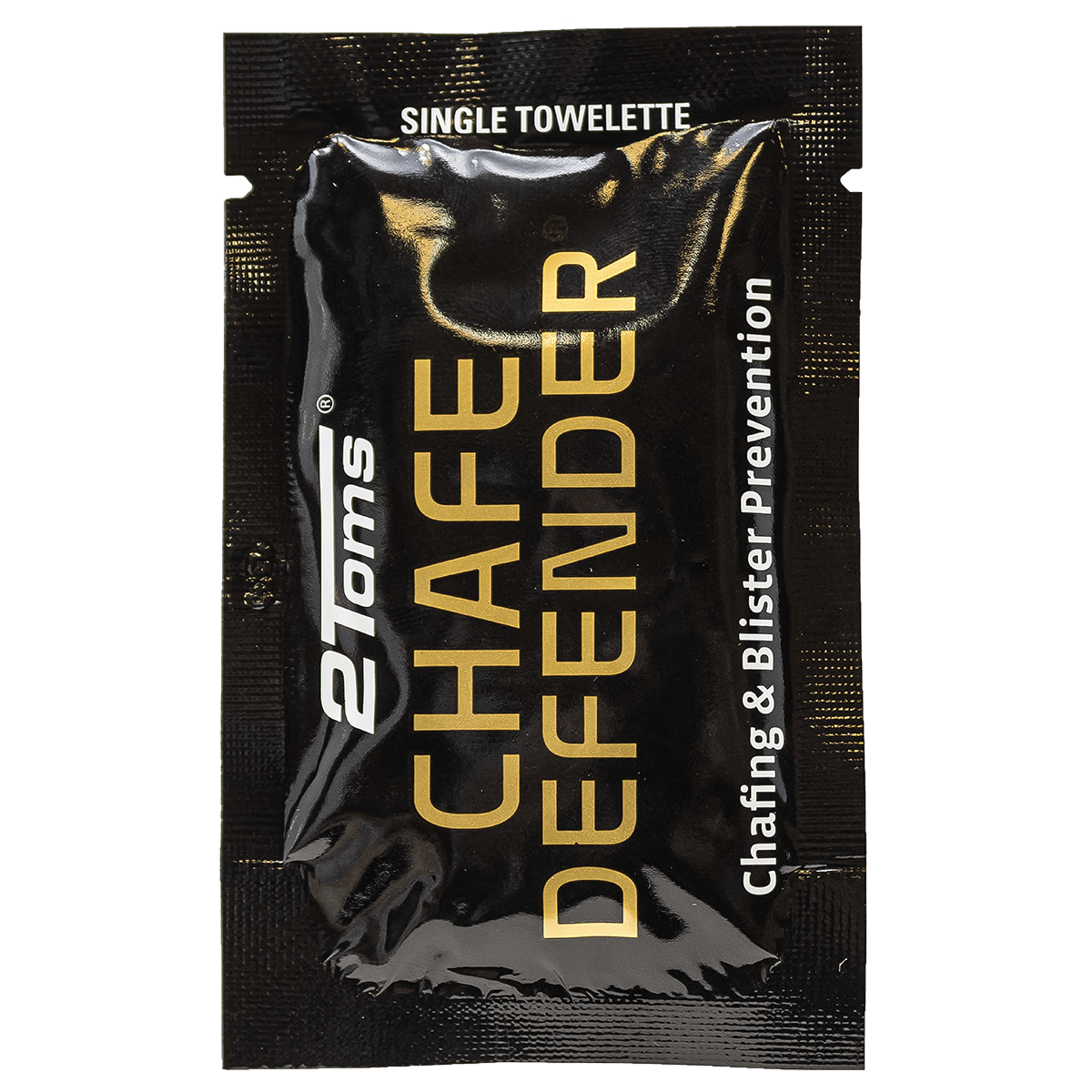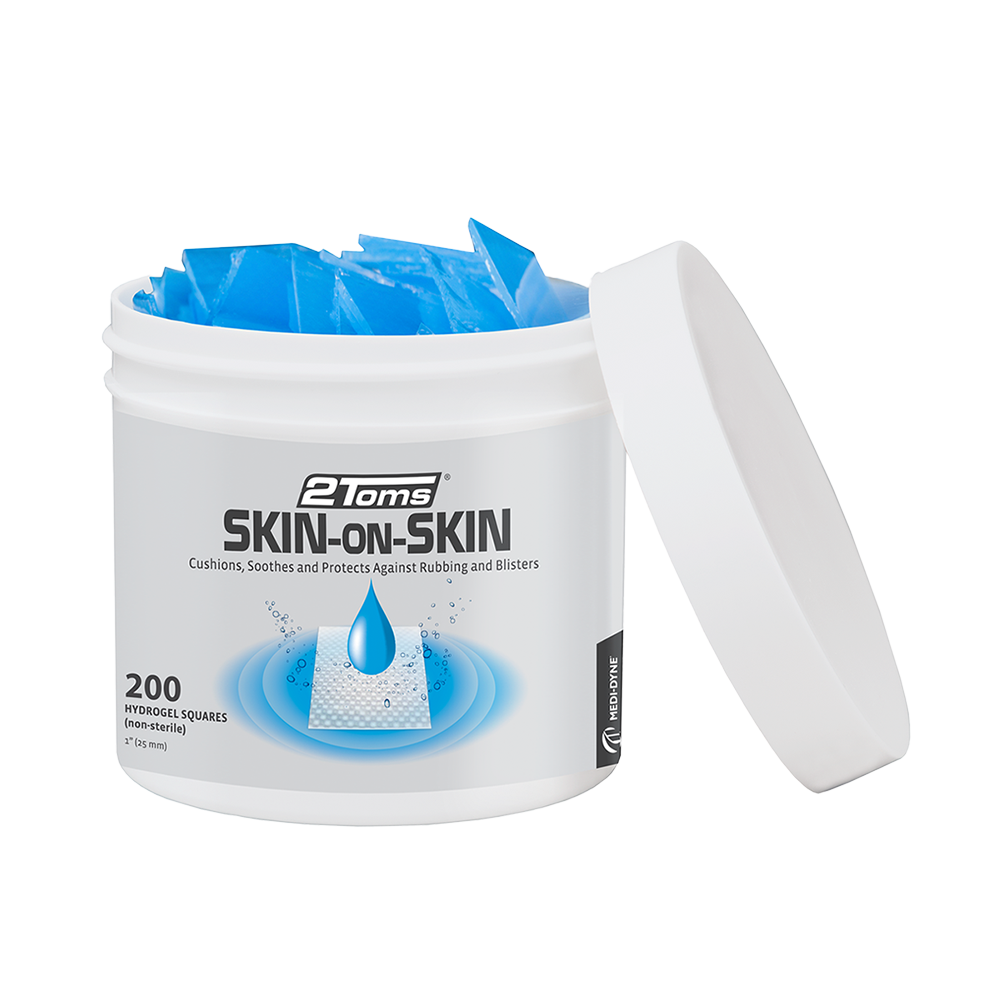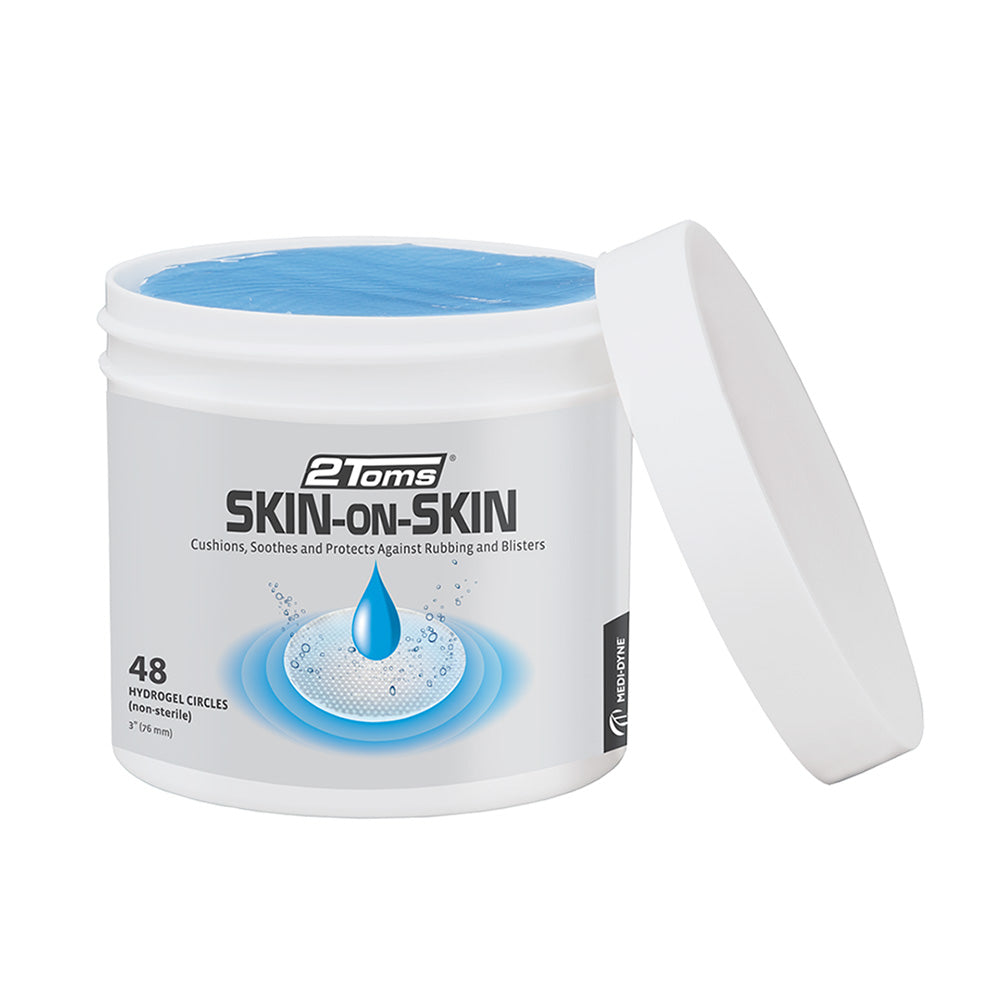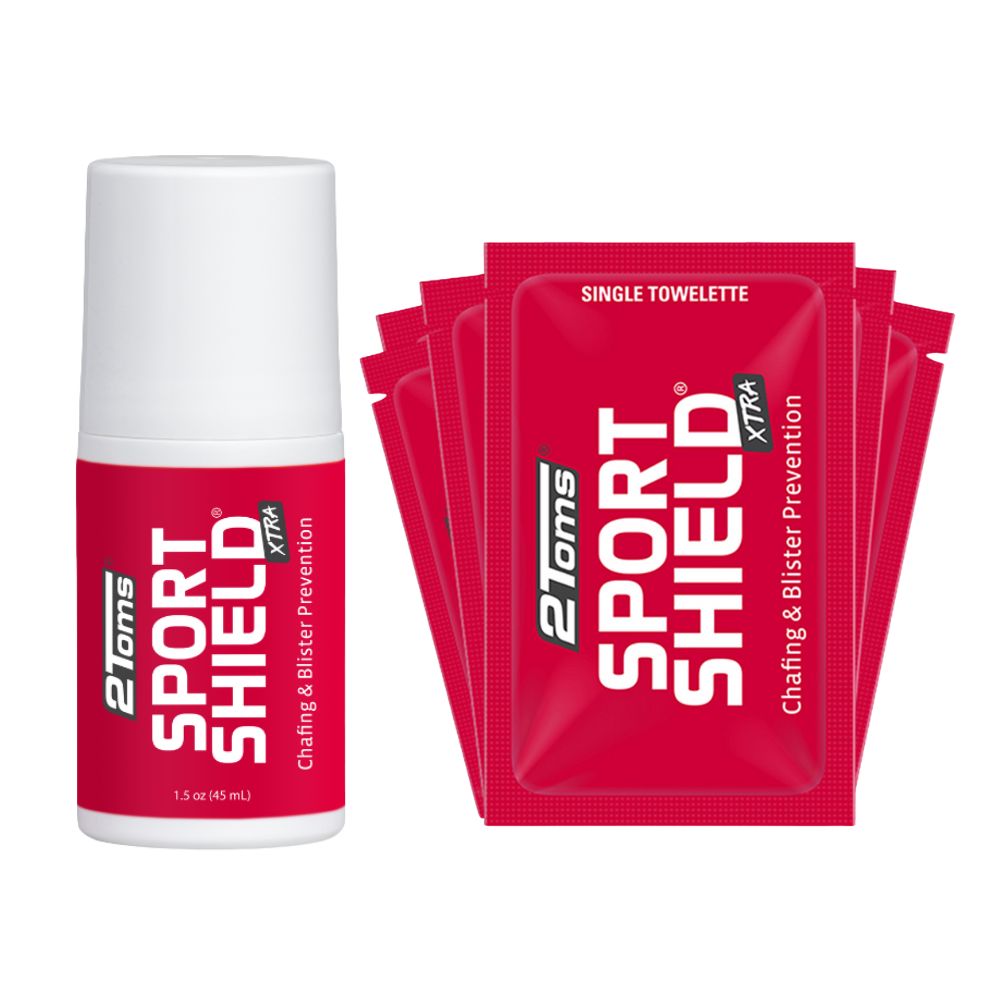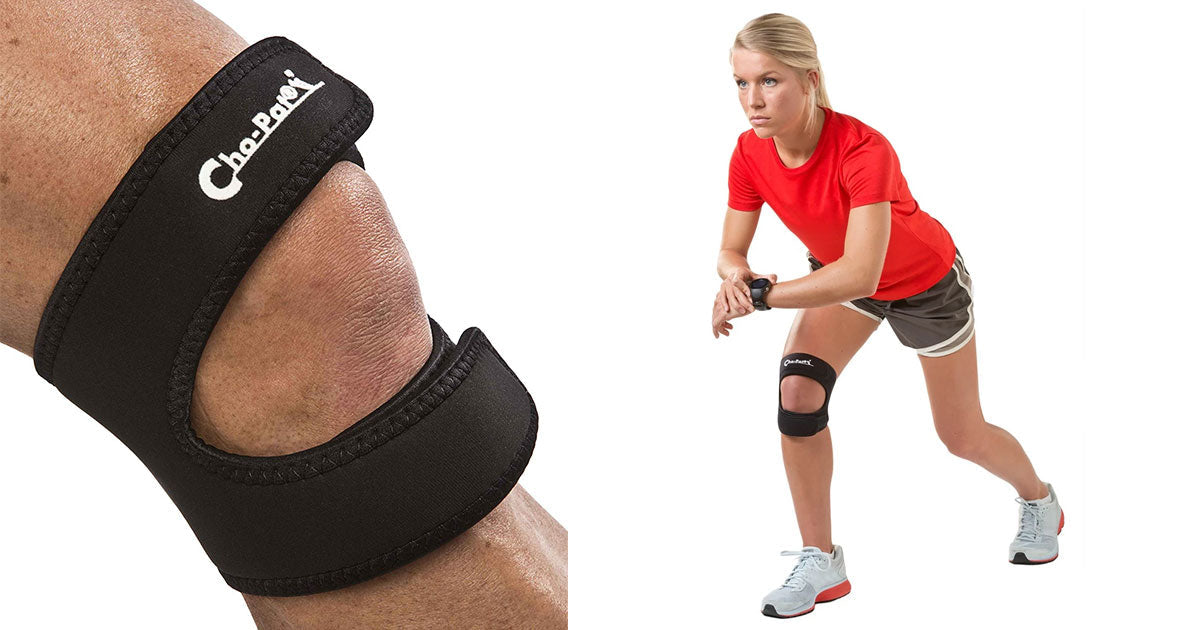One of the most painful things that you can experience while putting in your miles running is to suffer through a blister. That annoyance can be formed while you are running through a rainstorm or through muddy terrain, as you push through some fartlek training or the long miles necessary to train for a marathon and even while you are simply walking.
There are a number of things that you can do to treat blisters that have formed, some of which are detailed below, but, of course, the best thing to do is to know how to prevent blisters when running, so information related to that is below as well.
How Are Blisters Formed?
Blisters are formed when the upper layer of skin in an area slides against deeper areas of skin, doing so enough to cause friction and a clear fluid to gather and create a raised area of skin.
How To Manage Blisters While Running
If you are running and want to keep any stoppage to a minimum, which will likely be the case if you are in the middle of a race, you can take a few steps to manage any blisters that have formed as you ran.
If it is a small blister that is not causing any pain, you could run through it. Regardless, you should cover it with protection, if possible. If you have access to it, consider using a pad to protect it, cutting a hole in the middle that is the size of the blister. If the following option is available to you, stop at a medical station in route and have them treat it, which could involve draining it.
One thing to keep in mind is to not change your gait as a result of your blister as that can cause other, much more serious, issues to then occur.
How To Manage Blisters After Running
Of course, many of the same strategies can be applied to managing blisters after you have finished running.
One strategy to consider is determining whether or not you should drain your blister. There are two schools of thought related to this.
If the blister is relatively small and not causing any pain, most recommend not draining it.
But if it is large or is causing you pain, most recommend that you do drain it.
How should you drain it? One mistake that some have made that you should avoid doing is heating the needle used. This is because doing so can cause carbon particles to get into your skin. You do, however, want to ensure that the needle is clean. To do this, wipe it with alcohol; that will sterilize it.
The reason why you want to do your best to ensure that your blister does not get infected is because infection would increase the severity of the situation significantly, and the use of a dirty needle is a common cause of blister infection.
When you pop it, make sure to aim for a spot that is nearest to the ground so that it naturally drains out. You also want to carefully drain it as best as you can at the time of popping by gently pushing the liquid inside it towards that hole.
After you have done that, cover your popped blister with protection like a Skin-On-Skin® hydrogel pad to help keep bacteria from entering the area.
Do check with a medical professional before popping a blister if you suffer from diabetes or poor circulation.
How To Prevent Blisters When Running
Of course, the best plan is to do your best to keep blisters from forming in the first place. But what is the best way to prevent blisters while running?
Excessive moisture is one of the most significant causes of blisters. This is because it softens your skin, which results in it being more susceptible to the friction that causes a blister to form.
One of the ways that you can keep moisture from forming is by using 2Toms® BlisterShield®. It keeps your skin dry and it is waterproof and non-greasy as well. To use this, place a teaspoon of BlisterShield® in each sock and shake those socks before putting them on your feet. Also apply it directly to known trouble spots.
This might be the best way to prevent blisters while running.
Another way to prevent blisters running is to ensure that your shoes are large enough. Keep in mind that your feet may swell to a half of a size larger or possibly even more than that as compared to your regular walking shoes. You should have some room in front of your toes, including during a long run.
Ensure that your shoes fit your gait type as well. This way your feet will not experience unnecessary rubbing in certain areas. Many running stores can help you find a pair of shoes that will fit that purpose. Simply put, if your ankles tend to roll out or in, you should get stability-type running shoes.
Also take care of what socks you wear. You want to avoid cotton or wool as, although the types of socks are lighter and possibly more comfortable, they absorb moisture. Instead, use socks that have been made from something like propylene, polyester or acrylic. You could also use double-layer socks.
In addition, consider bringing an extra pair of socks if you know that you will be running in wet conditions.
Cushioned insoles can also help you prevent blisters running.
And be wary of removing your calluses, whether by yourself or as part of a pedicure. Those are protecting those parts of your feet from being prone to blisters. As a result, removing calluses will actually increase the odds of a blister forming there as compared to the rest of your feet.
With that said, do feel free to reduce the size of larger calluses with a callus file or pumice stone.
Do you tend to experience blisters at the top of one or both of your feet? If so, changing how you tie your shoes can help you prevent blisters while running. For example, consider having a loose area above where you tend to experience blisters, possibly through skipping a row or two when tying your shoes.
OTHER RELATED TOPICS:
SPORTSHIELD: THE MUST HAVE CHAFING AND RUBBING PROTECTION FOR JUST ABOUT ANY ACTIVITY
3 COMMON TYPES OF BLISTERS AND PREVENTION
PREVENT SKIN IRRITATION FROM MEDICAL MASKS
5 REASONS WHY YOU SHOULD STRETCH IN THE MORNING
PLEASE NOTE: The information on this website and article is for information only and should not be used as a substitute for consulting your doctor. Consult your doctor for proper diagnosis and rehabilitation.




